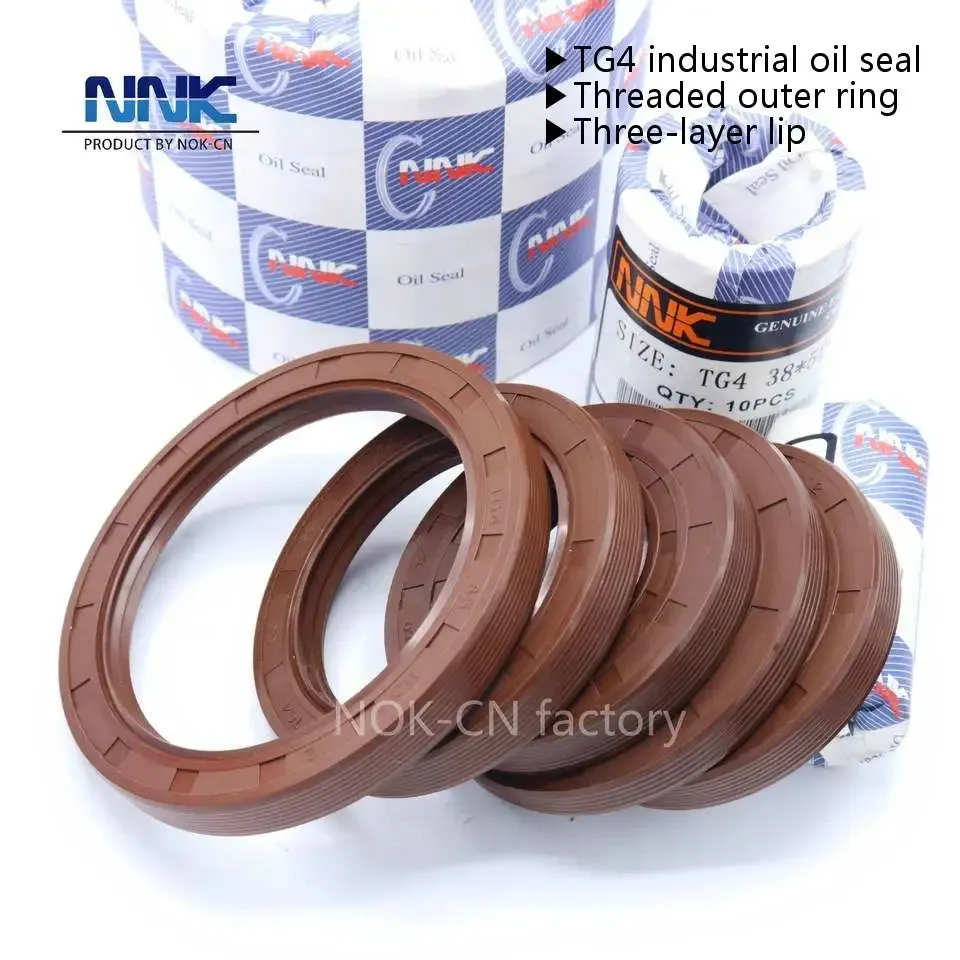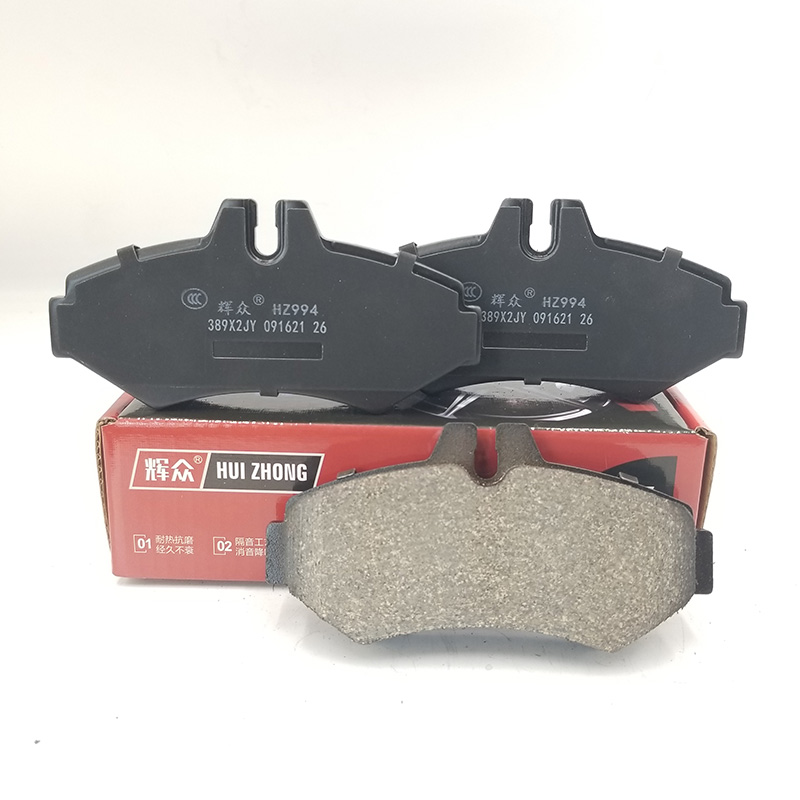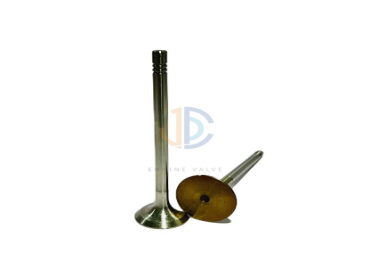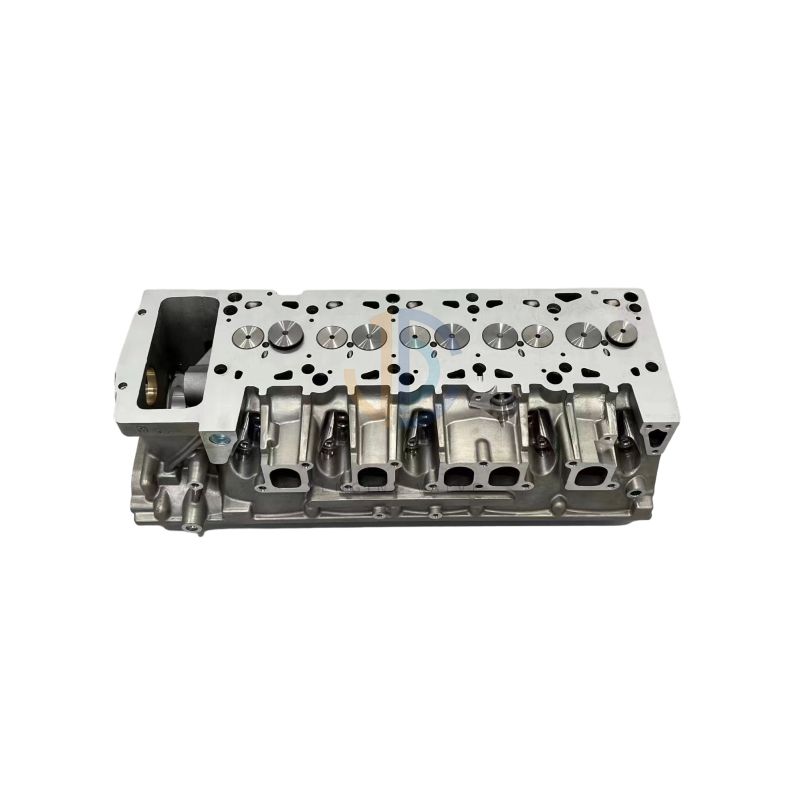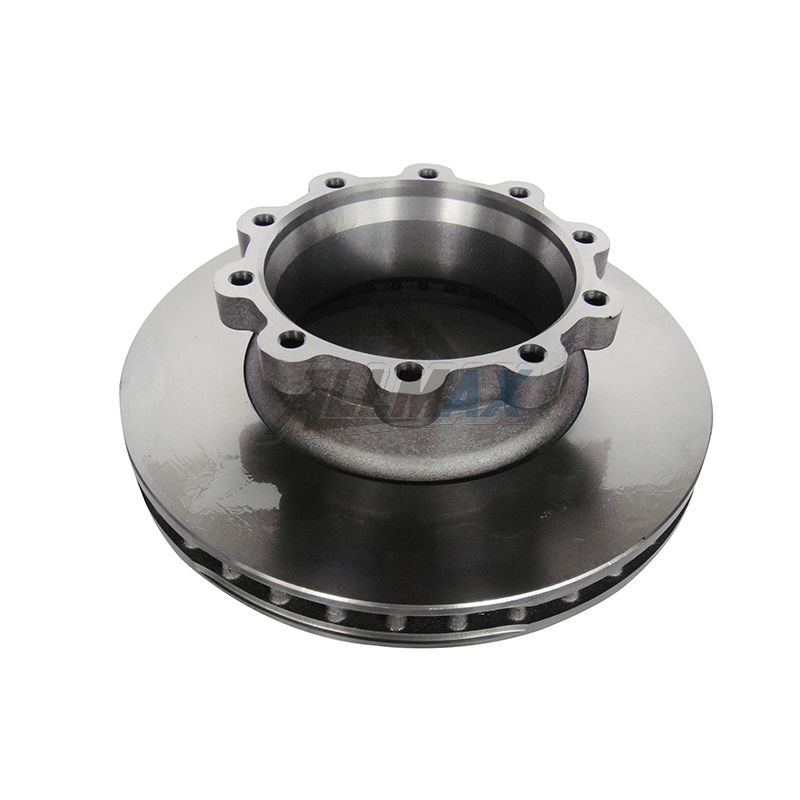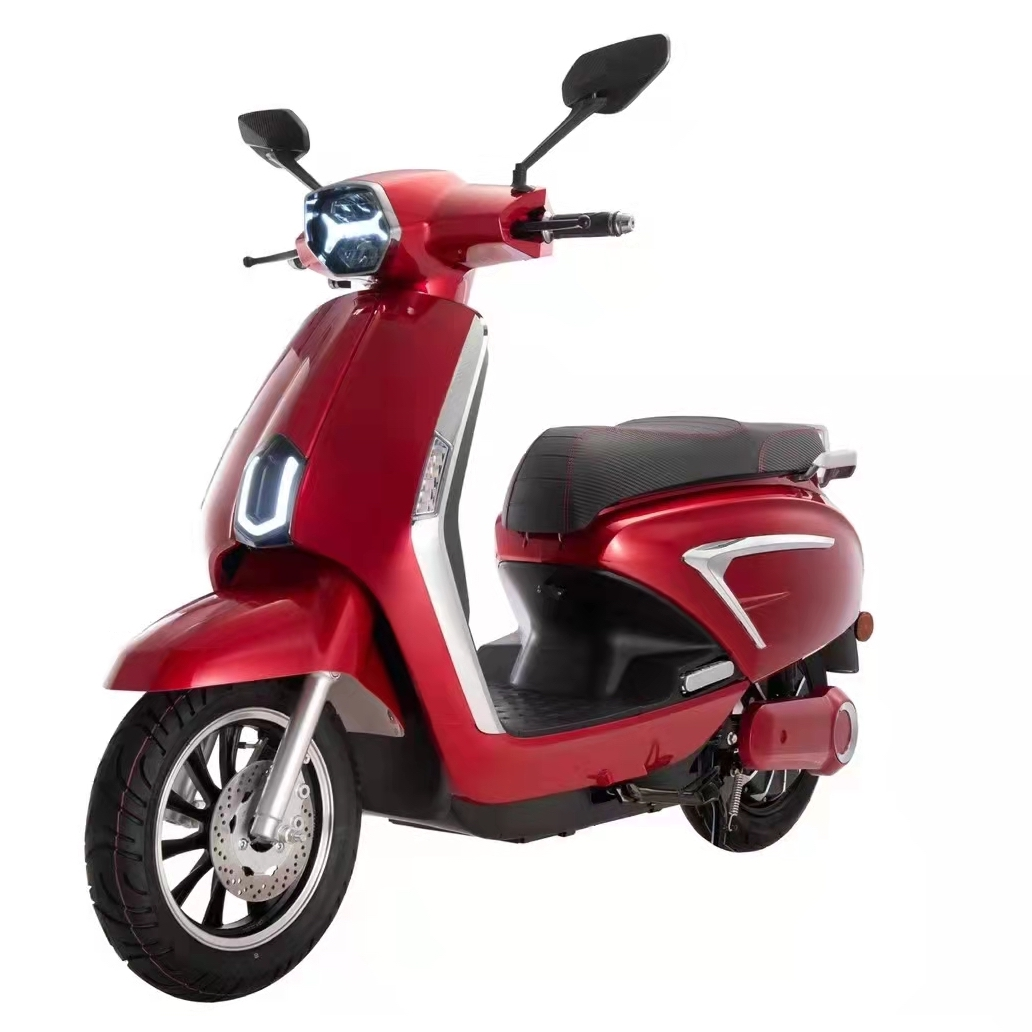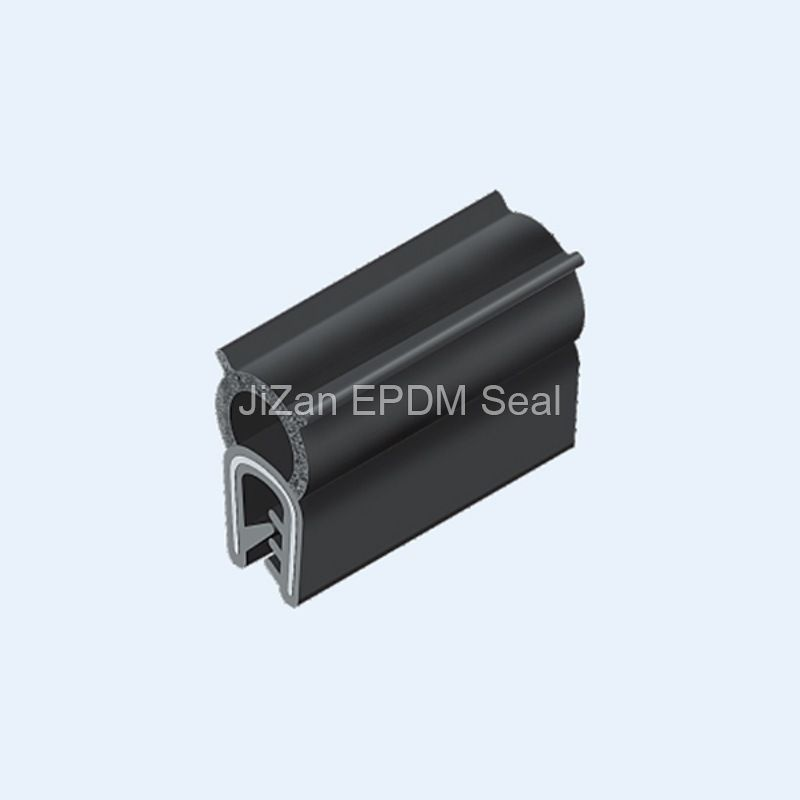How do I know if I need brake pads?
As a car owner, paying attention to the sounds and signals your vehicle is giving you is essential.
The brakes are one of the most critical parts of your car's safety system; if you neglect them, they can lead to costly repairs and even accidents.
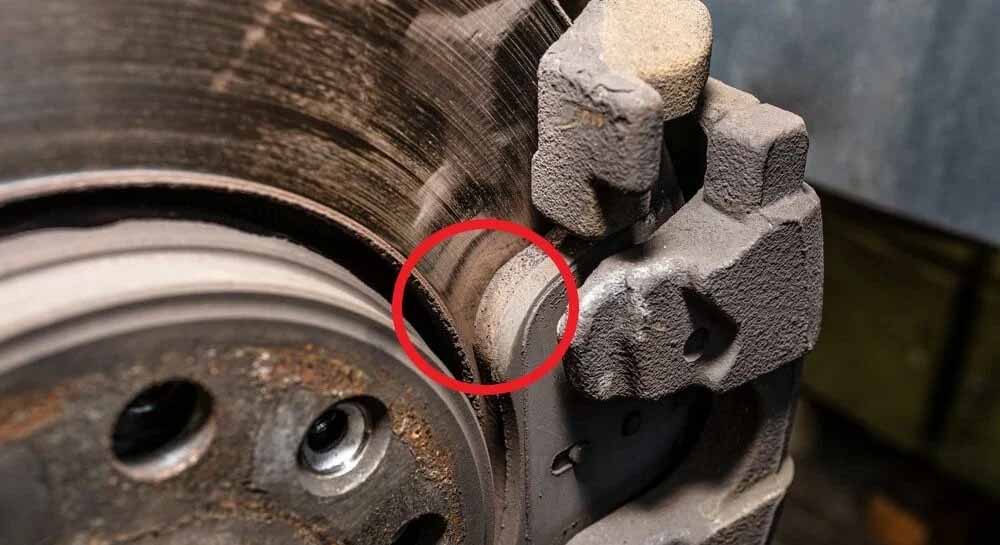
Signs You Need New Brake Pads
1. You hear a squealing noise.
Picture this: You’re out driving with the radio off and the windows rolled up. In the relative quiet, you hear a faint scraping, squealing, or buzzing sound. You also observe that, whenever you hit the brakes, that mysterious noise goes away, only to return again as soon as your foot comes off the brake pedal. What’s going on here?
Today, most—but not all—brake pads are manufactured with built-in “wear indicators.” The sole purpose behind these things is to emit that unpleasant screech you just heard. Wear indicators are metal tabs located near the top of typical brake pads. When the brake pad itself wears down to a dangerous extent, the indicator will scrape against the rotor. This creates a distinctive grating noise which warns the driver that his or her current brake pads are in danger of eroding away altogether.
2. You hear a clicking noise.
In some cars, the brake pads fit snugly into a special holding device. Other vehicles keep them steady with clips, bolts, or pins. At all rates, the common goal behind these designs is to keep the brake pads from wobbling around. If they become loosened somehow (perhaps after a part of the surrounding hardware gets damaged), they’ll begin to rattle. What then results is a clicking sound that rings out whenever the brake pedal is pushed or released.
What is the difference between mechanical seal and oil seal?
What Materials Are Available for Oil Seals
The Best Way to Lock Your Electric Scooter
Which brake disc should you choose?
What is the difference between Autoparts and spare parts?
Aplikasi Collet Chuck dalam Industri Manufaktur
Maintaining Brake Discs: Tips to Prevent Common Issues
3. Bringing the car to a stop takes more time than it used to.
This problem has a name and that name is “brake fade.” More often than not, it’s the direct result of intentionally applying the brakes over a vast distance without bringing the car to a full stop. From time to time, such a maneuver might be necessary, particularly when driving down a mountainside or over a winding road. However, if this is something you do frequently—say, if you live in a hilly area where you must regularly drive downhill—it will take a toll on your braking mechanism over time. By forcing the brake pads to make contact with the rotors for a long, uninterrupted period, both components will heat up. In the process, their ability to generate needed friction against each other is reduced over time. As a result, you’ll find that your car won’t come to a complete stop as rapidly as it once did.
4. The nose of your car pulls to one side when you brake.
Your vehicle’s brake pads won’t always wear out at the exact same rate. Sometimes, those on one side will get thinner faster than their counterparts on the other side. Should this occur, the car may pull slightly to the left or right once you hit the brakes. Leave the problem unchecked, and you’ll put unnecessary stress on your steering rack (plus your vehicle’s ball joints, steering knuckles, and wheel bearings). Don’t risk it: Have a mechanic investigate the problem immediately.
Note that brake pads might not necessarily be the cause behind this particular symptom. It may also stem from such other issues as uneven tire pressure, a faulty wheel bearing, or malfunctioning brake caliper. With that said, if unevenly worn brake pads really are the culprit, two new sets should be installed in one session.
5. The brake pedal vibrates when pressed.
Does the brake pedal violently shake whenever you step on it? Your brake pads might be causing the problem. Brake pads are typically held together with a kind of binding resin. As each brake pad wears down, this adhesive gets hot and gets smeared across the rotor. Under ideal circumstances, it will form a layer that’s evenly spread over the disc’s surface. But if a brake pad gets overheated, the resin may not be distributed uniformly. Mechanics call this issue “glazing” and it can cause brake pedals to vibrate.
A pulsating brake pedal isn’t a trustworthy one. If this issue goes unchecked, your ability to brake safely could be compromised. When it comes to brake-pad upkeep, stay safe and don’t procrastinate.
A SIMPLE WAY TO CHECK YOUR BRAKE PADS
Additional reading:How does the brake system work?
Vehicle Mounted ATV Winch: Your Off-Roading Companion
Common Signs of Worn Brake Pads in Commercial Vehicles
Exploring the Latest Auto Spare Parts Trends
The Ultimate Guide to Finding Quality Auto Spare Parts
Power Steering Oil Seal vs. Power Steering Pump: What's the Difference?
Differences Between OEM and Aftermarket Brake Pads for Commercial Vehicles




